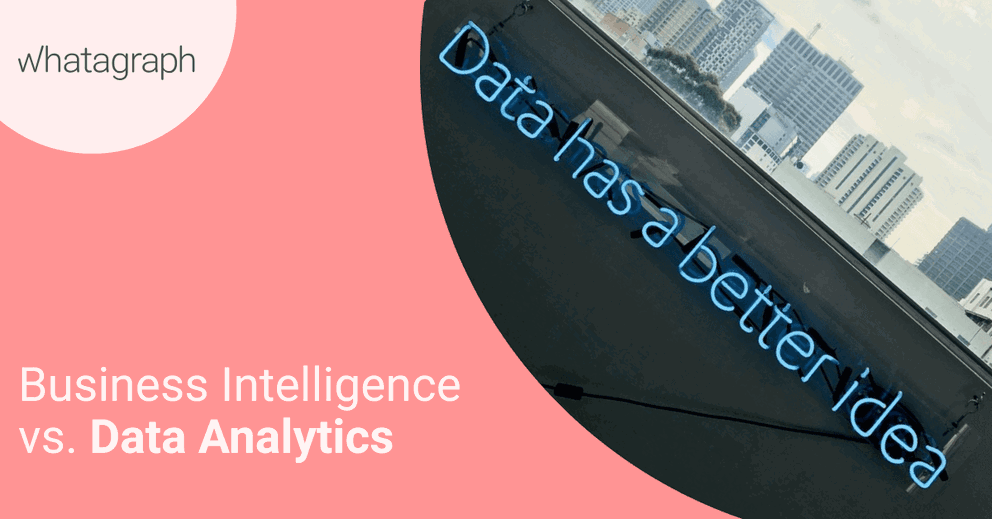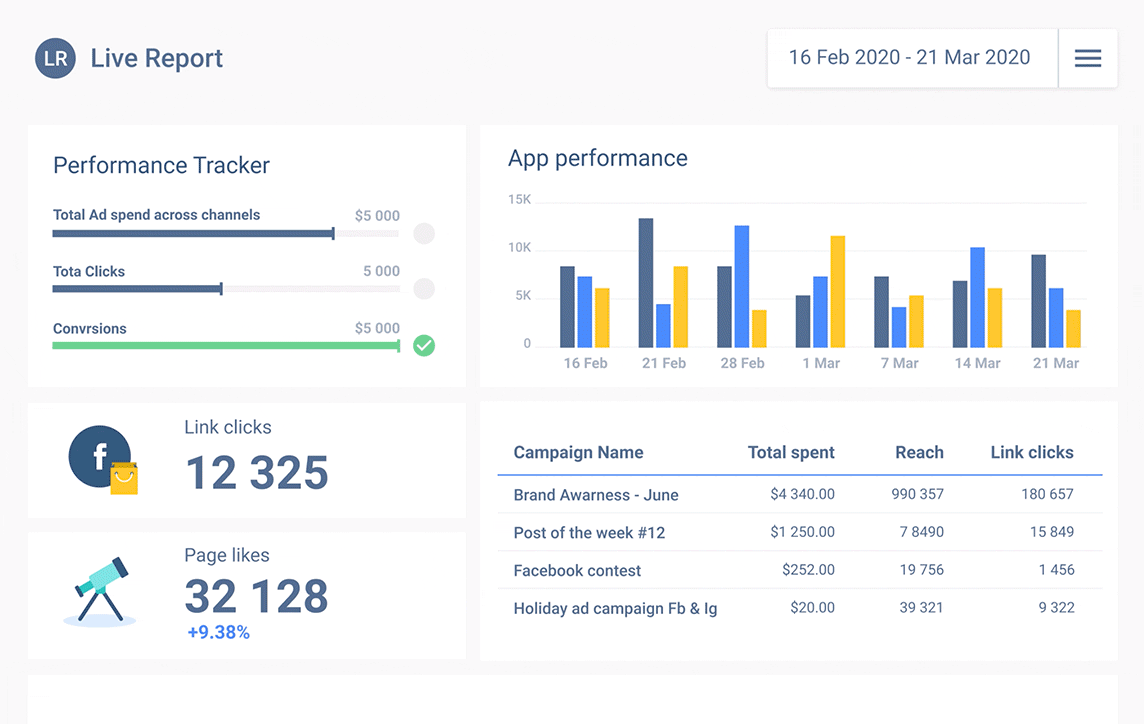Business Intelligence vs. Data Analytics
Business intelligence and data analytics are not the same thing and using them interchangeably can cause confusion.

Apr 15 2020 ● 3 min read

It would be useful to make a clear distinction between the two, perform an in-depth overview of both business intelligence and data analytics.
Data Analytics
The name itself is pretty self-explanatory, as data analytics is the analysis of the information obtained through data mining.
Don’t let this oversimplification fool you though as it is so much more than a simple analysis and it is an integral process for successful business development.
Basically, data analytics can be divided into 3 categories:
- Descriptive analytics - this includes the visualization of data that details historical performance, which upper management uses to make important business decisions.
- Predictive analytics - based on descriptive analysis, the predictive analysis provides forecast or predictions for future sales, or client acquisition rate, or other relevant metrics.
- Prescriptive analytics - relies on descriptive analytics and predictive analytics to provide suggestions on the future course of action either to achieve the desired results or mitigate the potential risks.
In other words, we use data analytics to see what happens, predict what is going to happen, and plan what to do about it. It is important to note though that the quality and relevance of descriptive analytics will be reflected in both predictive and prescriptive analytics results.
By using Whatagraph you can have live reports which will show relevant data at the right time.

Business Intelligence
To put it bluntly, business intelligence is a decision-making process or future planning that is growth-oriented. This is done based on data analysis which is one of the main reasons why the two terms get mixed up so often.
Business Intelligence vs. Data Analytics
The easy answer would be that data analytics is simply a more broad term, whereas business intelligence is a form of data analytics within an organization.
However, this type of oversimplification doesn’t do the whole topic of justice, so let’s do a side by side comparison instead.
- Business intelligence deals with data that is required in order to make relevant decisions or formulate growth-centric strategies.
Data analytics in a broad sense is modifying data mining feedback into a more meaningful format by using different tools and algorithms. - Business intelligence turns data analytics feedback into a plan of action. Data analytics adapts raw data findings into relevant and digestible information in accordance with guidelines set by a certain business model.
- To exemplify - Business Intelligence should tell you what user incentives or marketing strategies you should use to increase client acquisition.
Whereas data analytics tells you more about who your users are, where they are located, and when they are more likely to take action. - Data analysis warrants higher mathematical proficiency to generate valuable results, whereas business intelligence can require creative thinking to come up with better and unique strategies.
If there is one key takeaway from all this is that the business intelligence team relies on data analytics to guide its thought process.
Data analysts rely on business intelligence needs in order to generate useful feedback.
This kind of means that all descriptive analytics is closely tied to business intelligence as they are generated based on the needs of a certain company.
Business Intelligence and Data Analytics Works Together
The business intelligence unit is typically tasked with addressing how a company operates.
Creating execution guidelines that help companies meet their goals, and reducing risks that result in loss of profit or production capacity. For them to be successful they use inputs from processed data mining feedback.
Data analytics deals with issues on how to collect relevant data more effectively, how to clean that data and validate the results. It also deals with categorizing data in a meaningful way so that management teams can do their own SWOT analysis, create product road maps, implementation strategies, etc.
Impact
Due to the importance of both of these processes, it’s not too difficult to notice how a lot of organizations are going the extra mile in order to capture relevant data.
User surveys, AB split testing, alpha and beta testers, purchasing browser activity/history and other methods are used to collect information that retailers ultimately use to boost their sales. If you compare your user experience now to the one 10 or 15 years ago you will notice a significant amount of differences.
The ads you see seem way more relevant to your Google search, e-commerce platforms try to upsell products way more often.
The surveys you are asked to complete are more detailed rather than just inquiring about overall user experience, etc.
However, the products have improved as well, and more so-called quality life features get added on top of the core product. Most importantly, there are way more community managers nowadays who are in charge of collecting direct user feedback and building a better relationship with the user base.
FAQ
What is the difference between business intelligence and analytics?
Data analytics is a process of adapting, formatting and cleansing unstructured or raw information into meaningful feedback. Business intelligence uses data analytics inputs to come up with strategies for company growth.
Why is Data analytics important in business intelligence?
The quality of data analytics is in direct correlation with the efficiency and success of business intelligence teams.
Published on Apr 15 2020

WRITTEN BY
Gintaras BaltusevičiusGintaras is an experienced marketing professional who is always eager to explore the most up-to-date issues in data marketing. Having worked as an SEO manager at several companies, he's a valuable addition to the Whatagraph writers' pool.